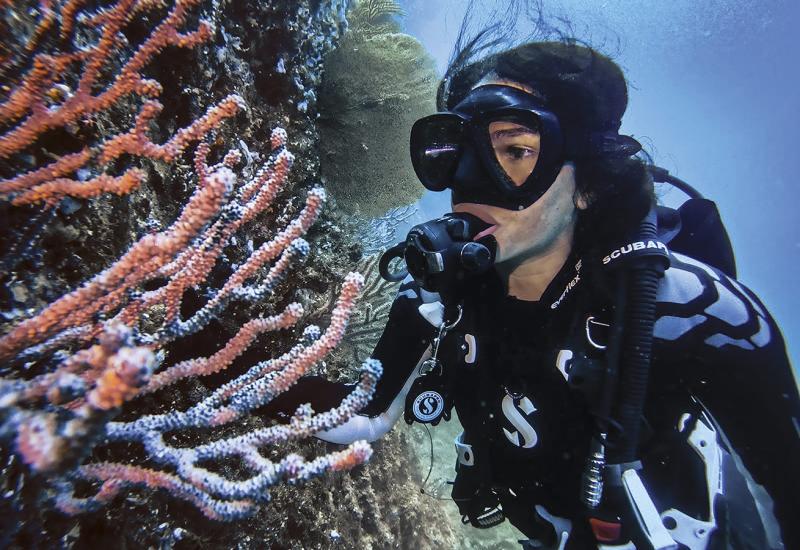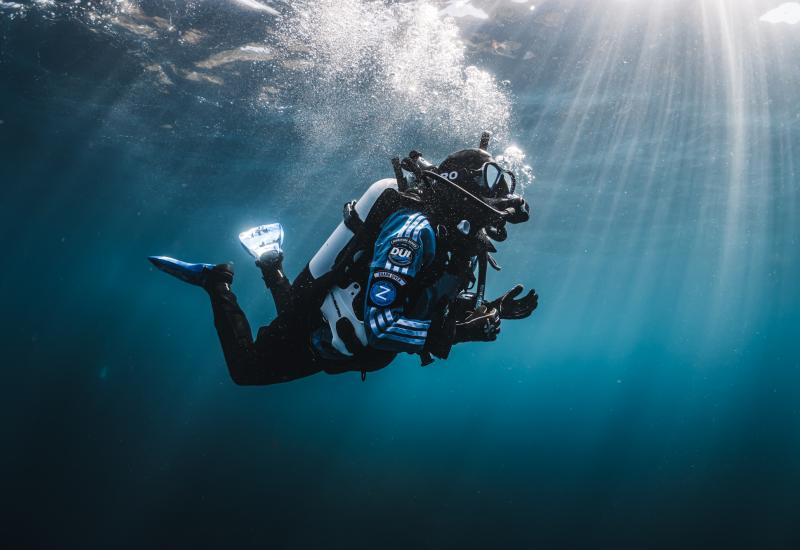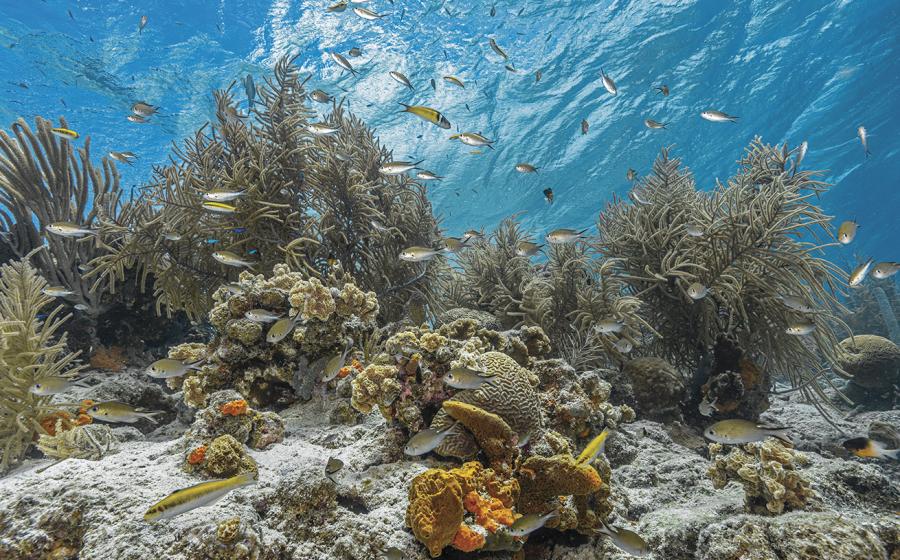Walking Sharks: What a New Scientific Discovery Means—and What It Doesn’t Mean
Stop me if you’ve heard this one: Two sharks walk into a bar, and…wait you’re stopping me for the wrong reasons! Sure, most sharks move around by swimming, but walking sharks are absolutely a real thing. And they’re adorable and awesome, but don’t just take my word for it—watch this quick video and see for yourself.
A fascinating study from earlier this year in the journal Marine and Freshwater Research looked at the nine known species of walking sharks and found some interesting information about their evolution. This study also attracted some extremely bizarre media coverage—media coverage of shark issues is often problematic, but some of this was especially weird and wrong. Let’s walk a mile in my science media critic’s shoes and try to clear up some of the misunderstanding.
First of all, when we say “walking,” that’s accurate, but perhaps a generous description of the athletic prowess these little critters have. Watch the above video again and tell me if you think you’re in any danger of being outrun by this fish—which, incidentally, is about 3 feet long—during those long walks on the beach you people all claim you enjoy in personal ads. This is not a case of Saturday Night Live’s Landshark come to life, as described in the AARP newsletter’s “funny but true” coverage of this study. It’s not terrifying, and you’re in no danger, despite numerous goofy headlines like, “Sharks Have Decided They Walk on Land Now, 2020 Is Terrifying.” I invite the people who write these kind of headlines to take a long walk off a short pier. This behavior also has nothing to do with Sharknado, as multiple outlets weirdly joked about, mainly because Sharknado was about sharks flying through the air in a tornado, not sharks that can walk. Come on, does no one watch the classics anymore?
Second, while the study did make a very cool discovery that walking sharks are some of the newest shark species to evolve, “new” in evolutionary terms doesn’t mean in the past couple of years, or even the past couple hundred years. We’re still talking about something that happened about 9 million years ago—take a walk down memory lane to your last biology course and recall that this was long before there were humans.
And it’s perhaps worth noting that this group of sharks isn’t exactly new to science. Though co-authors involved in this new study have discovered four new walking shark species in the past 12 years, the first walking shark species was described in 1788. You’ve probably even seen one—epaulette sharks are an extremely common aquarium species that can be seen not just by scuba divers but by people from all walks of life.
So if the Marine and Freshwater Research study didn’t describe a threat to you and your family due to sharks that weren’t around a few months ago, what did they really find? Using a genetic research technique called “molecular clock dating,” they were able to determine when the nine known walking shark species split into new species, and how this may have happened. Speciation (the evolution of new species) happens when two populations stop interbreeding, a separation that sometimes has a traceable cause.
In this case, the authors speculate that the populations got separated millions of years ago when Indo-Pacific islands (and the reefs surrounding them, where walking sharks lived) moved around due to tectonic plates shifting! The paper is in fact titled “Walking, Swimming, or Hitching a Ride,” and concludes that the base populations of these species initially separated by hitching a ride on islands that spread apart due to plate tectonics. It’s worth reading an interview with a study author about how absolutely bananas that is—check it out here.
About Dr. David Shiffman
Dr. David Shiffman is a marine conservation biologist specializing in the ecology and conservation of sharks. An award-winning public science educator, David has spoken to thousands of people around the world about marine biology and conservation and has bylines with the Washington Post, Scientific American, New Scientist, Gizmodo and more. Follow him on Twitter, Facebook and Instagram, where he’s always happy to answer any questions about sharks.
About Science Stop with Dr. David Shiffman
Before you surface from a deep scuba dive, you make a safety stop. Before you take a deep dive into the complicated world of ocean conservation, I encourage you to make a science stop by reading this column. The global environmental challenges we face can seem overwhelming, and concerned citizens, especially people like scuba divers who love spending time in the ocean, want to help do their part to fix these problems.

Josh LibermanDr. David Shiffman
However, with lots of conflicting, misleading or just plain wrong information out there about environmental problems and how you can help solve them, it can be hard to know how to help. In some cases, well-intentioned but misinformed activists not only fail to help solve a problem, but can actually make the problem worse, or harder to solve! Put simply, if we’re going to fix the massive problems facing the ocean, the details matter, and those details can be confusing! In this monthly column, my goal is to teach you the true scientific facts behind some of the most pressing threats facing the ocean and the solutions experts believe will help solve them. I will also try to dispel common misconceptions about these threats and their solutions.
The views expressed in this article are those of David Shiffman, and not necessarily the views of Sport Diver or Scuba Diving magazines.










